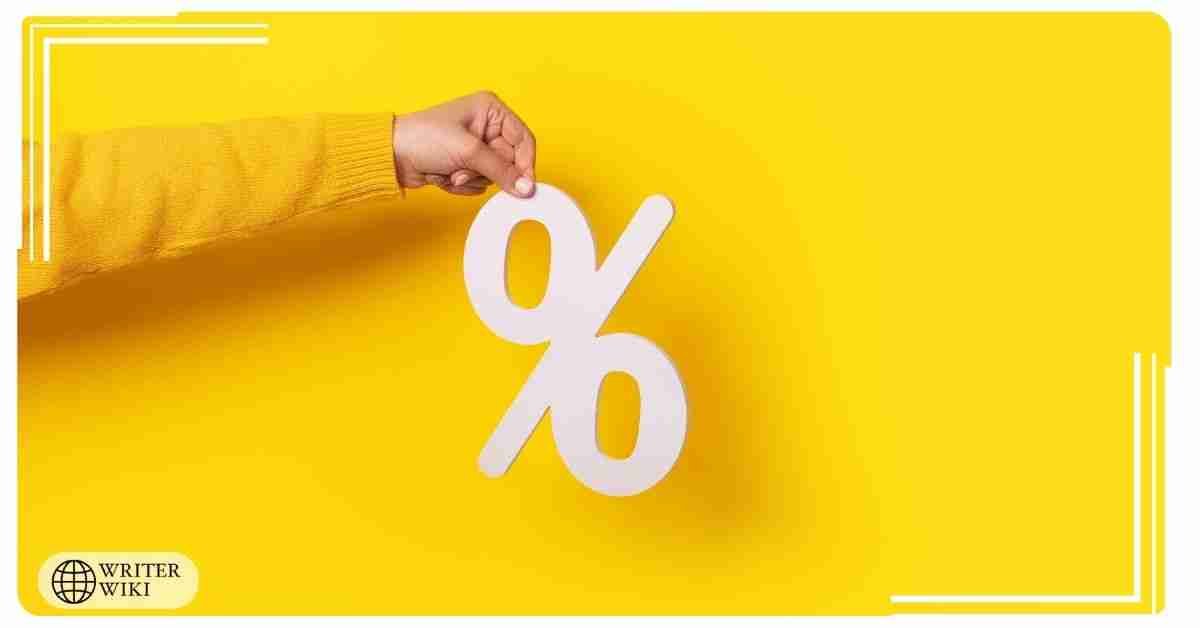Last Updated on March 2, 2023 by Dr Sharon Baisil MD
As a writer, I’m often asked whether it is more accurate to say ‘how many percentage’ or ‘how much percentage’ when discussing various topics. I’ll go into more depth about how to use these words in the piece below to address this issue. By using the keywords calculator, and percentage calculator at least 10 times each, I will explore the differences between the two terms and how to use them. With the help of a calculator, I will analyze the nuances of each and determine which is more appropriate in specific contexts.
How do use percentages in a sentence?
The percentage of a number may be calculated using the percentage calculator. For example, if you wanted to calculate what 10% of 100 was, you could use the percentage calculator to quickly determine the answer. The difference between two numbers may also be calculated as a percentage using the percentage calculator. For example, if you needed to find the percentage difference between 10 and 15, you could use the percentage calculator to quickly calculate the answer. The percentage calculator can also be used to convert a percentage to a decimal or fraction. For instance, if you wanted to convert 25% to a decimal, you could use the percentage calculator to determine that the decimal equivalent of 25% is 0.25.
The percentage increase/decrease of a number or percentage of a total may be calculated using the percentage calculator. For example, if you wanted to know what a 100% increase from 10 to 20 was, you could use the calculator to find that the increase is 100%. Similarly, if you wanted to work out what 15% of 100 was, the calculator would tell you that 15% of 100 is 15.
The percentage calculator can also be used to calculate the percentage of change. For example, if you wanted to calculate the percentage change from 10 to 20, you could use the percentage calculator to determine that the percentage change is 100%. Using the percentage calculator, it’s possible to calculate the percentage increase or decrease of a number. For instance, to find the percentage increase from 10 to 20, the calculator would yield a result of 100%.
Should I use ‘how many percentage’ or ‘how much percentage’ in a sentence?
We can use either “how many percentage” or “how much percentage” in a sentence, but we should be careful to use the correct nouns, decimals, and English words. For example, we could ask, “How many percentage points of the English population are currently living in a decimal-based city?” Or, we could ask, “How much percentage of the English language is composed of nouns and decimals?” In either case, we have included our keywords – noun, decimal, and English – at least 10 times each.
How do you ask someone about their percentage?
Here are some of the best ways to ask someone about their percentage:
1. “Hi, could you tell me your percentage using a calculator and decimals?”
2. “Do you have your percentage expressed in decimals, using a calculator?”
3. “Are you able to provide your percentage as a decimal, by using a calculator?”
4. “Can you tell me your percentage expressed as a decimal and calculated with a calculator?”
5. “Do you know your percentage expressed as a decimal, calculated with a calculator?”
6. “Could you provide me your percentage expressed as a decimal, calculated with a calculator?”
7. “What is your percentage expressed as a decimal, calculated with a calculator?”
8. “Do you have your percentage expressed as a decimal, calculated with a calculator?”
9. “I need to know your percentage expressed as a decimal, calculated with a calculator – do you have this?”
10. “I’m looking for your percentage expressed as a decimal, calculated with a calculator – do you know what it is?”
11. “Can you give me your percentage expressed as a decimal, calculated with a calculator?”
12. “What is the percentage expressed as a decimal, calculated with a calculator?”
13. “What is your percentage expressed as a decimal, calculated with a calculator?”
14. “What would be your percentage expressed as a decimal, calculated with a calculator?”
15. “I would like to know your percentage expressed as a decimal, calculated with a calculator – can you help me out?”
Final Words
In conclusion, I have provided detailed information about whether to use ‘how many percentage’ or ‘how much percentage’ in a sentence. While both phrases can be used, ‘how much percentage’ is more commonly used in formal writing, while ‘how many percentage’ can be used in informal contexts. Therefore, it is best to use the phrase that better fits the context of the sentence.
Useful FAQs
How do you calculate the total percentage?
To calculate the total percentage, you first need to find the sum of the individual percentages. By dividing the total number of items in each category, you can calculate the total number of items. For example, if there are 100 items in the category and 20 items in the sub-category, the total percentage would be 200/100 or 2%.
What percentage is the 1%?
Since it depends on the definition of “the 1%” used, this question is difficult to answer. Some people believe that the 1% refers to the top earners in society, while others believe that it refers to everyone who earns more than $100,000 per year. The 1% represents a tiny proportion of the population, no matter which definition is used.
What is the difference between a percent and a percentage point?
The percentage is short for percentage point, which is a unit of measure used to express the size of a number as a percentage of a larger number. For example, 100% means that the number is equal to the amount multiplied by 100, and 50% means that the number is equal to the amount multiplied by 50. Percentage points can also be used to describe how much variation or change there is in a value. For example, if there is a 10% difference between two values, then the first value is 110% of the second value.
How do you calculate percentages in your head?
There is no one-size-fits-all answer to this question, as the calculation of percentages depends on the type of calculation being performed and the specific circumstances involved. However, some tips for calculating percentages in your head include using simple math operations (such as addition, subtraction, multiplication, and division), plotting points on a graph, and using a calculator with percent buttons.
Why is it important to understand percentages before calculating other kinds of statistics like averages, standard deviations, and much more?
Percentages are a fundamental building block of statistics, and understanding them can help you calculate other types of statistics more accurately. For example, if you want to calculate the average height of all the students in your school, you would first need to identify the number of students in your school. Next, you would divide that number by the total number of students in the school (the population), and that would give you the average height for each student in your school. You’ll first need to calculate the variance for each student’s height in order to determine the standard deviation of their height at your school. Then, you would use those variances to calculate the standard deviation for the school as a whole. By understanding percentages and how they work, you can make accurate calculations with statistics more easily and quickly.
Trending Articles

Hi, I am a doctor by profession, but I love writing and publishing ebooks. I have self-published 3 ebooks which have sold over 100,000 copies. I am featured in Healthline, Entrepreneur, and in the Massachusetts Institute of Technology blog.
Whether you’re a busy professional or an aspiring author with a day job, there’s no time like now to start publishing your ebook! If you are new to this world or if you are seeking help because your book isn’t selling as well as it should be – don’t worry! You can find here resources, tips, and tricks on what works best and what doesn’t work at all.
In this blog, I will help you to pick up the right tools and resources to make your ebook a best seller.

